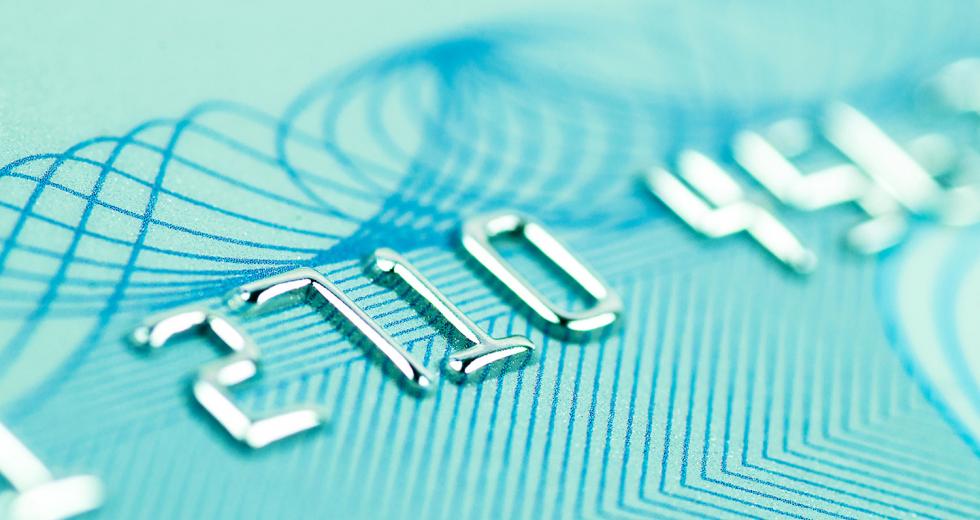The credit cards in most Americans’ wallets are pretty much antiques. They’re easy to counterfeit, thanks to magnetic strips that rely on basically the same 1960s technology used in cassette tapes.
At last they’re getting an upgrade, giving them the technology, called EMV chips, used almost everywhere else in the world. The first day of October was an important date in making that happen.
Some questions and answers:
What’s an EMV chip? An EMV chip is a small computer chip in the front of the credit card that lets the card and the card reader engage in a digital conversation, sometimes called a handshake, to authenticate the transaction. EMV chips (after Europay, MasterCard and Visa, the companies that created the standard) can’t be copied and counterfeited the way a magnetic strip can.
What happened on Thursday? Card issuers and retailers are already gradually switching to the new technology. October marks a shift in liability for fraud that is designed to prod retailers to move faster. Usually card issuers are responsible for the costs of credit card fraud. Since Oct. 1, retailers that haven’t upgraded to EMV point-of- sale terminals are liable for fraud that occurs at their stores. Card issuers are still liable for any fraud on cards that don’t have the new technology.
If I don’t have a chip in my card, is that bad? Not for you. Someone else, either the card issuer or the retailer, will still be liable for fraud that happens on your account. And you’ve got plenty of company. By the end of the year, only about 36 percent of Americans’ credit cards will have EMV chips, Javelin Strategy and Research estimates. That should jump to 67 percent by the end of 2017. Debit cards are even further behind: Just 13 percent will have EMV chips by the end of the year.
One obvious advantage of an EMV chip is that it makes it easier to make purchases while traveling outside the U.S. According to the Smart Card Alliance, almost 80 percent of checkout terminals in Canada, Latin America and the Caribbean read EMV cards. In parts of Europe, 95 percent of terminals are EMV-compatible.
How different is the checkout process with EMV cards? “For consumers, there is going to be a bit of confusion,” said Michael Moeser, director of payments at Javelin. Shoppers are used to swiping their cards quickly and putting them back in their wallets, sometimes before a cashier even finishes tallying everything up. With EMV cards, they must wait to insert the card in a reader until after the cashier is done, then leave the card there for several seconds while the chip and the network communicate.
What might go wrong? Expect longer lines, especially as people get used to the new procedures. Distracted customers may walk away with their cards still in the EMV reader, then rush back in a panic to fetch them. Even after clerks and customers learn how to handle the new cards, transactions will probably feel like they take a little longer. Shoppers will need to learn to pause for a moment, patiently waiting as their cards complete their handshake with the network.
How do I know if a retailer is ready to read my EMV card? You don’t. Most large retailers have already upgraded or will do so soon. But many small retailers and restaurants are still figuring out what to do. If you’re not sure, “it’s always safe to swipe first,” said Jamie Topolski, the director of alternative payment strategies at financial technology company Fiserv. If you have an upgraded card, you might then be told to insert it into the EMV reader. (You won’t be charged twice, experts say.)
Even if you spot an EMV reader on the checkout counter, it may not be turned on yet. That’s because retailers often need to upgrade not just their equipment but their software too. For the same reason, Topolski warns that retailers that convert to EMV might not initially be able to offer cash back on debit cards as they used to do.
Will this kill credit card fraud? EMV chips do make it almost impossible to counterfeit your credit card. But they don’t prevent fraud in online transactions. Expect fraudsters to migrate online or focus on shops that still can’t read EMV cards.



